signed "Fratin" on the foot
old period cast
France
mid 19th century
height 45 cm
diameter 19 cm
Biography
Christopher Fratin (1801-1864) exhibited in 1831 and regularly at the Salon. During these fairs, he met Antoine-Louis Barye which imposes successively with Tiger devouring a Crocodile in 1831, and its monumental Lion and Serpent 1833, leaving these two years there, Fratin in shadow. He eventually meet with success and esteem: the reviews are glowing, his works sell well.
The repeated success of the sculptor the 1834 Fairs 1835 and 1836 arouse the interest of the aristocracy. So he works at Château de Dampierre for the Duke of Luynes, where he will perform the Lionsthe pediment of the main building and major interior work. Fratin, who excels in making decorative items, will provide four small pieces for achieving a mostly princely table, which Barye is the main architect. The hearing of Fratin quickly became international, he left for England between 1833 and 1834. The artist also making great romantic groups in Germany, Potsdam castles Sanssouci and Babelsberg where some still remain. Throughout his career, the interest of the English customers will not fail. This tireless worker even export his work to St. Petersburg, where they decorated the park of the Emperor of Russia. Romanticism reflected in an obvious way in his subjects, where the horse holds an important place.
Critics are numerous and often laudatory, they have Fratin as "formidable rival" Baryein the representation of animals. These same critics point to his eagerness to create models and its ability to provide large works. The works are exhibited at the Maison Susse holding a Passage des Panoramas store in Paris, where they are then offered in plaster. It's really that start in 1835 editions of bronzes Fratin essentially melted in Quesnel workshops. Christopher Fratin was thus one of the first if not the first, to get into the edit sculpture. These bronzes are produced by the technique of casting sand (which had been controlled by the founders of the time) and are made in various sizes. These early years are taking place under the sign of success. He obtained public commissions from his native city of Metz in which he offers twoDogs scale, the year of his marriage, June 25, 1836 with Margaret Pick Sophie, the daughter of his art teacher. In 1837, the show becomes hostile to the young Romantic generation and participation Fratin is reduced to its Mares . It does not appear the following year and in 1840, shipments to the Salons are refused accordingly orders begin to fail. The artist's career seems to tilt and financial difficulties, become paramount.
The sculptor then concentrates on issues and developing small business models. This inflection in his career is reflected in the portrait small charge, Fratin itself , where humor sculptor appears. The artist, hands in pockets, is dressed in his shop coat and wearing a cap. His pockets swarm of small animals: monkeys, dogs, spaniels ... In the years that followed, Fratin difficulty in obtaining public commissions, such as the control of the Eagles , ended in 1853, placed on the Esplanade Metz, or the command a pediment representing Huntingin 1855, for the Visconti courtyard of the Louvre Palace then under construction. Finally, in 1862, he made his last order by ministerial decision Goat and kid. It has also at various exhibitions such as the exhibition of the Society of Friends of the Arts of Bordeaux, Metz World Expo under the patronage of the Empress in 1861, or the Universal Exhibition of 1862 in London. In 1849, as a result of serious financial difficulties, Christopher Fratin organizes in Paris the first public sale without reproduction rights 450 of its models. In 1854 he organized his second sale, which consists mainly of bronze models with reproduction rights, which means that Fratin renounced the use of those works. Fratin prefer and offer his works in public sale rather than opening shop as Antoine-Louis Barye and Pierre-Jules Mêne. Christopher Fratin organized this type of sale every year until his death of the artist in 1864.



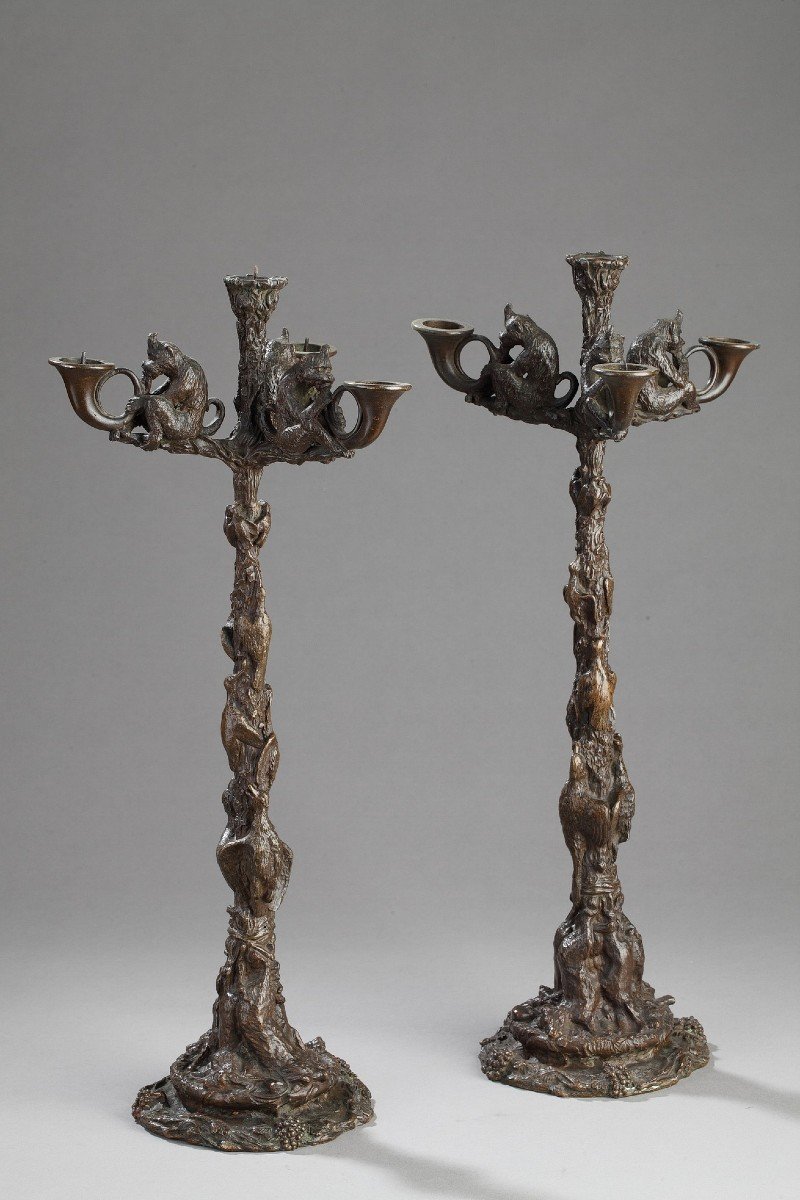





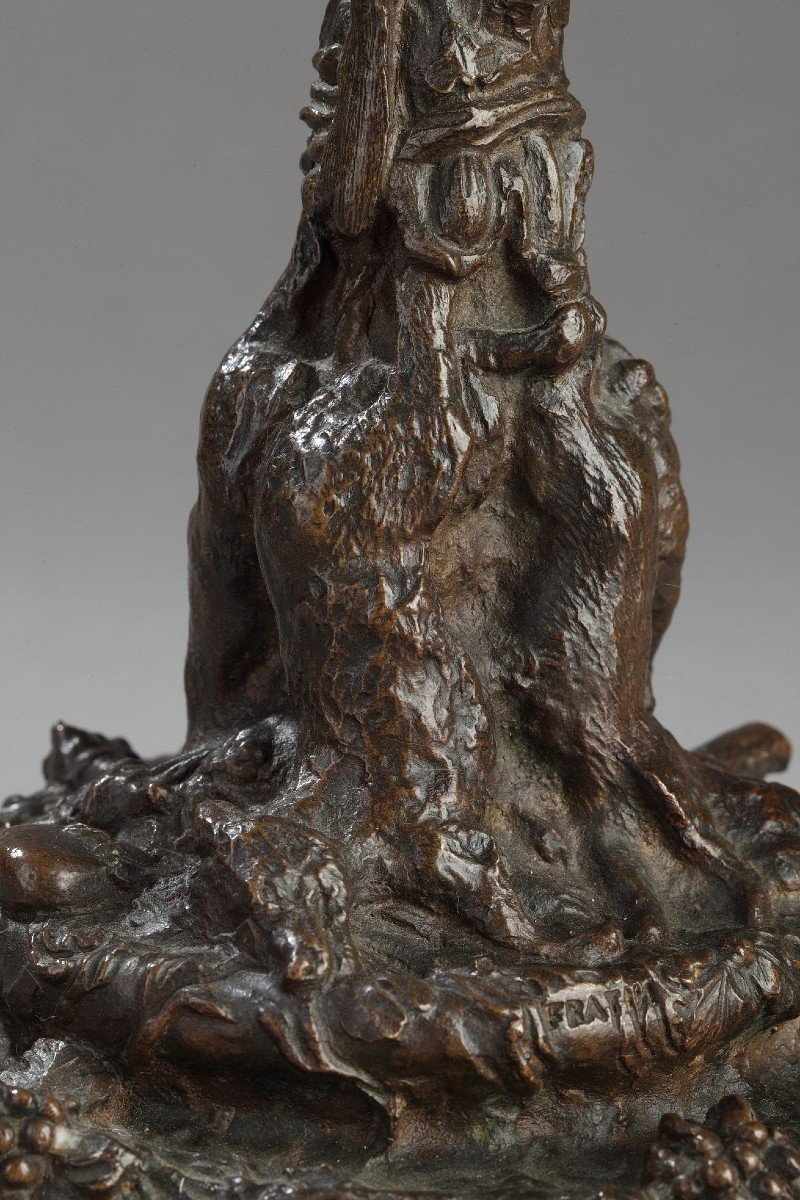















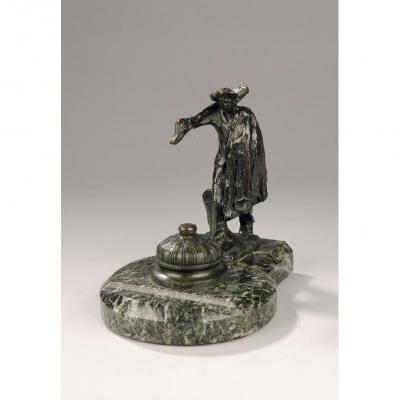

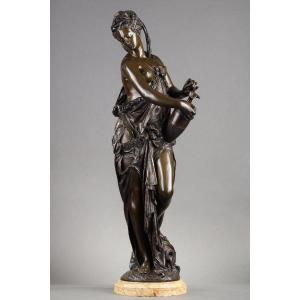

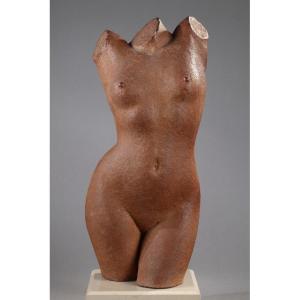
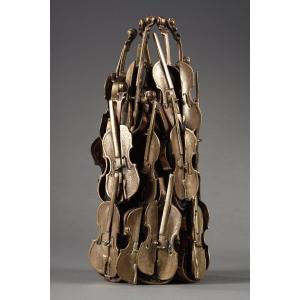
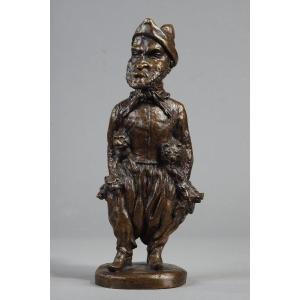
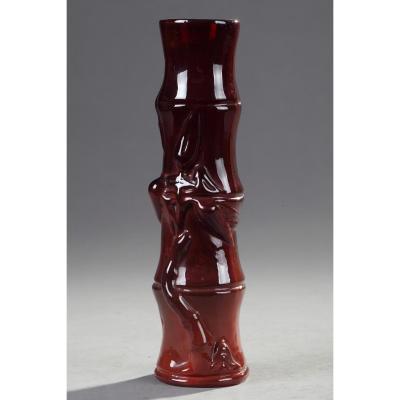
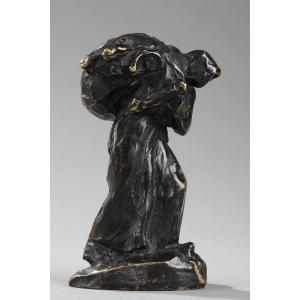


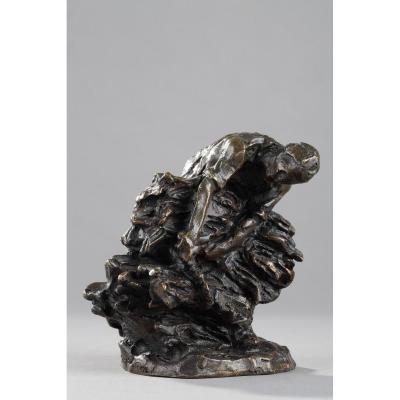



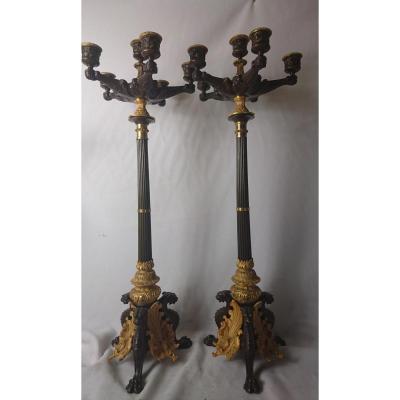




 Le Magazine de PROANTIC
Le Magazine de PROANTIC TRÉSORS Magazine
TRÉSORS Magazine Rivista Artiquariato
Rivista Artiquariato